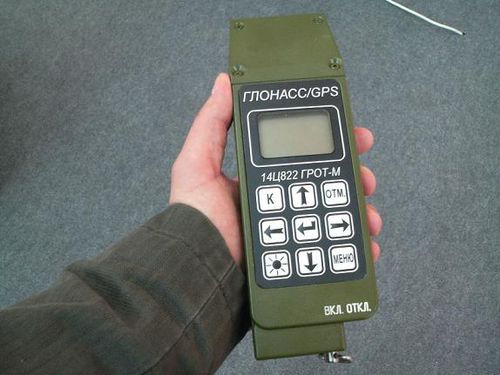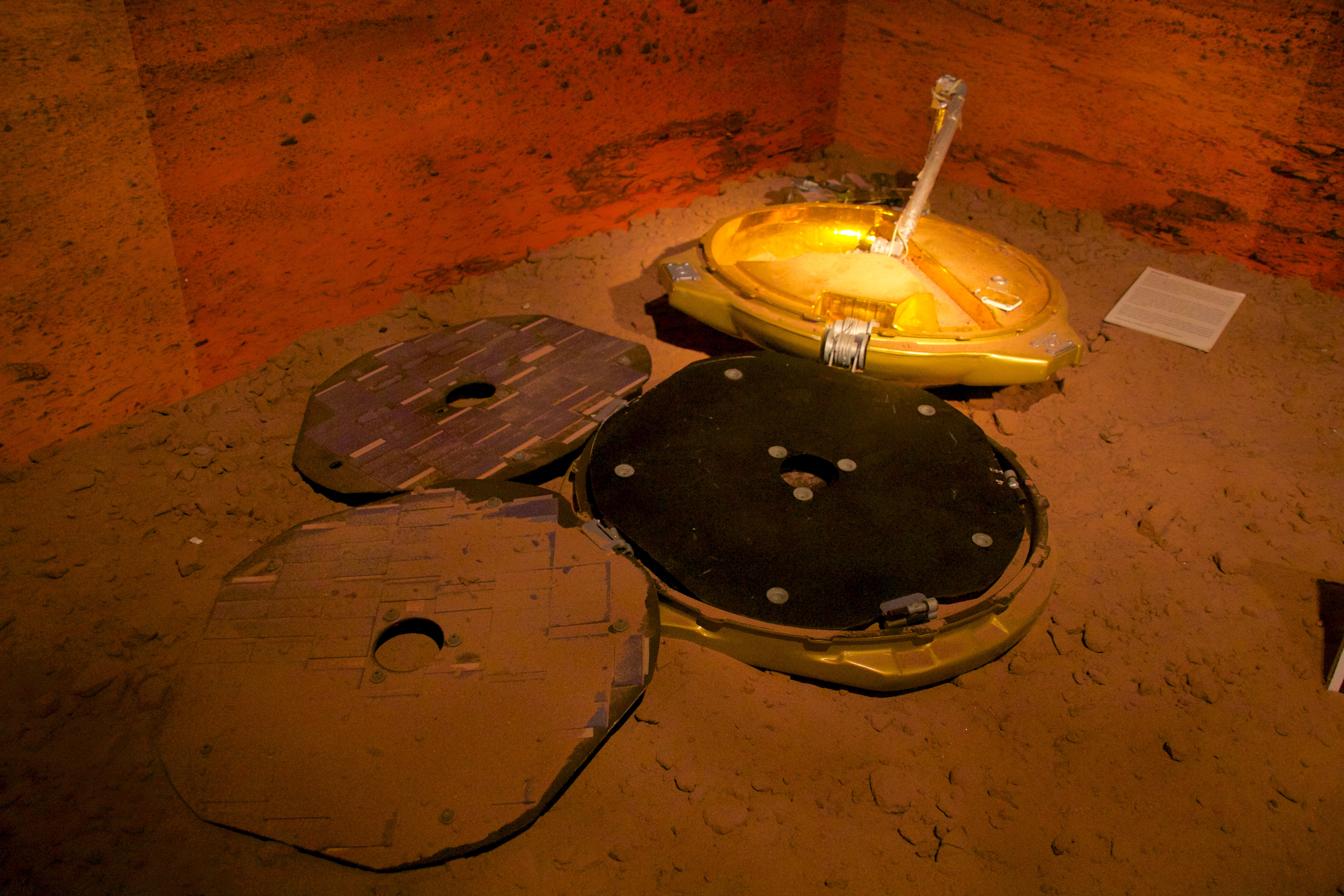|
Fregat Pallada
Fregat (russian: Фрегат, ''frigate'') is an upper stage developed by NPO Lavochkin in the 1990s, which is used in some Soyuz and Zenit launch vehicles, but is universal and can be used as a part of a medium and heavy class launch vehicles. Fregat became operational in February 2000. Its liquid propellant engine uses UDMH and N2O4. Fregat's success rate is 97.8% (with 2 failures in 93 launches), which makes it one of the most reliable upper stages in the world. Fregat has successfully delivered more than 300 payloads into different orbits. It remains the only upper stage in the world that can place its payload into 3 or more different orbits in a single launch. Description The Fregat upper stage is designed for injecting large payloads into a low, medium-height or high geosynchronous orbit. Fregat is a versatile upper stage, in addition to orbital insertion, it can be used as an escape stage to send modern space probes into interplanetary trajectories (e.g. Venus Express ... [...More Info...] [...Related Items...] OR: [Wikipedia] [Google] [Baidu] |
Lavochkin
NPO Lavochkin (russian: НПО Лавочкина, OKB-301, also called Lavochkin Research and Production Association or shortly Lavochkin Association, LA) is a Russian aerospace company. It is a major player in the Russian space program, being the developer and manufacturer of the Fregat upper stage, as well as interplanetary probes such as Fobos-Grunt. As of 2015, it was headed by Sergei Lemeshevskii. On August 10, 2017 the Lavochkin Association's Board of Directors appointed Vladimir Kolmykov Director General of the enterprise. Overview The company develops and manufactures spacecraft such as the Fregat rocket upper stages, satellites and interplanetary probes. It is a contractor for a number of military programs, such as the Oko early warning satellite, Prognoz and Araks programmes as well as the civilian program Kupon. One of the company's most notable projects was the participation in the failed Fobos-Grunt sample return mission. NPO Lavochkin has also developed the Elektr ... [...More Info...] [...Related Items...] OR: [Wikipedia] [Google] [Baidu] |
Glonass
GLONASS (russian: ГЛОНАСС, label=none, ; rus, links=no, Глобальная навигационная спутниковая система, r=Global'naya Navigatsionnaya Sputnikovaya Sistema, t=Global Navigation Satellite System) is a Russian satellite navigation system operating as part of a radionavigation-satellite service. It provides an alternative to Global Positioning System (GPS) and is the second navigational system in operation with global coverage and of comparable precision. Satellite navigation devices supporting both GPS and GLONASS have more satellites available, meaning positions can be fixed more quickly and accurately, especially in built-up areas where buildings may obscure the view to some satellites. GLONASS supplementation of GPS systems also improves positioning in high latitudes (north or south). Development of GLONASS began in the Soviet Union in 1976. Beginning on 12 October 1982, numerous rocket launches added satellites to the system, unti ... [...More Info...] [...Related Items...] OR: [Wikipedia] [Google] [Baidu] |
Sterkh (spacecraft)
Sterkh was a Russian satellite-based search and rescue system, which formed part of the International Search and Rescue Satellite-Aided System (COSPAS-SARSAT). Overview Sterkh was developed as a replacement for the older Nadezhda system. Unlike their predecessors, Sterkh satellites did not carry navigation systems, since this function had been taken over by GLONASS. Sterkh satellites were smaller than their predecessors and were designed to be launched as secondary payloads with other satellites. The satellites had a mass of 160 kg. Their overall dimensions were 750 x 1359 x 2000 mm in shipping condition, and 976 x 2957 x 10393 mm in operational condition, with opened solar panels and risen gravitational bar. The satellites incorporated the air-borne radio rescue complex RK-SM. They were expected to have an operational lifetime of 5 years. The satellites were designed and manufactured by Production Corporation Polyot. The first satellite in the series, Sterkh-1, ... [...More Info...] [...Related Items...] OR: [Wikipedia] [Google] [Baidu] |
Meteor-M No
The Meteor spacecraft are weather observation satellites launched by the Soviet Union and Russia. The Meteor satellite series was initially developed during the 1960s.Soviet Weather Satellite Falls in Antarctica , 27 March 2012, accessed 28 March 2012 The Meteor satellites were designed to monitor atmospheric and sea-surface s, , |
Globalstar
Globalstar, Inc. is an American satellite communications company that operates a low Earth orbit (LEO) satellite constellation for satellite phone and low-speed data communications. The Globalstar second-generation constellation consists of 24 low Earth orbiting (LEO) satellites. History The Globalstar project was launched in 1991 as a joint venture of Loral Corporation and Qualcomm. On March 24, 1994, the two sponsors announced the formation of Globalstar LP, a limited partnership established in the U.S., with financial participation from eight other companies, including Alcatel, AirTouch, Deutsche Aerospace, Hyundai, and Vodafone. At that time, the company predicted the system would launch in 1998, based on an investment of $1.8 billion. Globalstar received its US spectrum allocation from the FCC in January 1995 and continued to negotiate with other nations for rights to use the same radio frequencies in their countries. The first satellites were launched in February 1998, ... [...More Info...] [...Related Items...] OR: [Wikipedia] [Google] [Baidu] |
COROT
CoRoT (French: ; English: Convection, Rotation and planetary Transits) was a space telescope mission which operated from 2006 to 2013. The mission's two objectives were to search for extrasolar planets with short orbital periods, particularly those of large terrestrial size, and to perform asteroseismology by measuring solar-like oscillations in stars. The mission was led by the French Space Agency (CNES) in conjunction with the European Space Agency (ESA) and other international partners. Among the notable discoveries was CoRoT-7b, discovered in 2009 which became the first exoplanet shown to have a rock or metal-dominated composition. CoRoT was launched at 14:28:00 UTC on 27 December 2006, atop a Soyuz 2.1b rocket, reporting first light on 18 January 2007. Subsequently, the probe started to collect science data on 2 February 2007. CoRoT was the first spacecraft dedicated to the detection of transiting extrasolar planets, opening the way for more advanced probes such as Ke ... [...More Info...] [...Related Items...] OR: [Wikipedia] [Google] [Baidu] |
Meridian (satellite)
Meridian (Russian: Меридиан) is a family of telecommunications satellites for civil and military use developed by Russia in the 2000s placed in a Molniya Orbit and intended to replace the two last series of Molniya satellites still in activity, as well as the old Parus satellites. The first launch took place on 24 December 2006, aboard a Soyuz 2.1a. Seven satellites were launched between 2006 and 2014, six of which reached orbit. A second generation of satellite, Meridian-M was ordered, and the first unit was launched on 30 July 2019. Technical characteristics This family of satellites was developed in the mid-2000s by the main Russian satellite manufacturer ISS Reshetnev who had already built the Molniya satellites. According to unofficial sources, the satellite uses 3 axes stabilized pressurized platform. Certain components like the on-board computer and the propulsion would be common with the Uragan-M satellites of the Glonass satellite navigation system. The manufactu ... [...More Info...] [...Related Items...] OR: [Wikipedia] [Google] [Baidu] |
MetOp-A
Metop (Meteorological Operational satellite) is a series of three polar-orbiting meteorological satellites developed by the European Space Agency (ESA) and operated by the European Organisation for the Exploitation of Meteorological Satellites (EUMETSAT). The satellites form the space segment component of the overall EUMETSAT Polar System (EPS), which in turn is the European half of the EUMETSAT / NOAA Initial Joint Polar System (IJPS). The satellites carry a payload comprising 11 scientific instruments and two which support Cospas-Sarsat Search and Rescue services. In order to provide data continuity between Metop and NOAA Polar Operational Environmental Satellites (POES), several instruments are carried on both fleets of satellites. Metop-A, launched on 19 October 2006, is Europe's first polar orbiting satellite used for operational meteorology. With respect to its primary mission of providing data for Numerical Weather Prediction, studies have shown that ''Metop-A'' data are ... [...More Info...] [...Related Items...] OR: [Wikipedia] [Google] [Baidu] |
Galileo (satellite Navigation)
Galileo is a global navigation satellite system (GNSS) that went live in 2016, created by the European Union through the European Space Agency (ESA), operated by the European Union Agency for the Space Programme (EUSPA), headquartered in Prague, Czech Republic, with two ground operations centres in Fucino, Italy, and Oberpfaffenhofen, Germany. The €10 billion project is named after the Italian astronomer Galileo Galilei. One of the aims of Galileo is to provide an independent high-precision positioning system so European political and military authorities do not have to rely on the US GPS, or the Russian GLONASS systems, which could be disabled or degraded by their operators at any time. The use of basic (lower-precision) Galileo services is free and open to everyone. A fully encrypted higher-precision service is available for free to government-authorized users. Galileo is intended to provide horizontal and vertical position measurements within 1 m precision. Galileo is al ... [...More Info...] [...Related Items...] OR: [Wikipedia] [Google] [Baidu] |
Beagle 2
The ''Beagle 2'' is an inoperative British Mars lander that was transported by the European Space Agency's 2003 ''Mars Express'' mission. It was intended to conduct an astrobiology mission that would have looked for evidence of past life on Mars. The spacecraft was successfully deployed from the ''Mars Express'' on 19 December 2003 and was scheduled to land on the surface of Mars on 25 December. ESA, however, received no communication from the lander at its expected landing time on Mars, and declared the mission lost in February 2004 after numerous attempts to contact the spacecraft were made. The ''Beagle 2'' fate remained a mystery until January 2015, when it was located on the surface of Mars in a series of images from NASA's ''Mars Reconnaissance Orbiter'' HiRISE camera. The images showed it landed safely but two of its four solar panels failed to deploy, blocking the spacecraft's communications antenna. The ''Beagle 2'' is named after , the ship that took the naturalist C ... [...More Info...] [...Related Items...] OR: [Wikipedia] [Google] [Baidu] |
Guiana Space Centre
The Guiana Space Centre (french: links=no, Centre spatial guyanais; CSG), also called Europe's Spaceport, is a European spaceport to the northwest of Kourou in French Guiana, a region of France in South America. Kourou is located approximately north of the equator, at a latitude of 5°. In operation since 1968, it is suitable as a location for a spaceport, because of its equatorial location and open sea to the east. The European Space Agency (ESA), the European Union Agency for the Space Programme (EUSPA), the French space agency CNES (National Centre for Space Studies), the Space Agency of the Republic of Azerbaijan (Azercosmos) and the commercial company Arianespace conduct launches from Kourou. It was used by the ESA to send supplies to the International Space Station using the Automated Transfer Vehicle. History In 1964 Guiana was selected to become the spaceport of France, replacing France's first launch site Centre interarmées d'essais d'engins spéciaux in Hammag ... [...More Info...] [...Related Items...] OR: [Wikipedia] [Google] [Baidu] |






